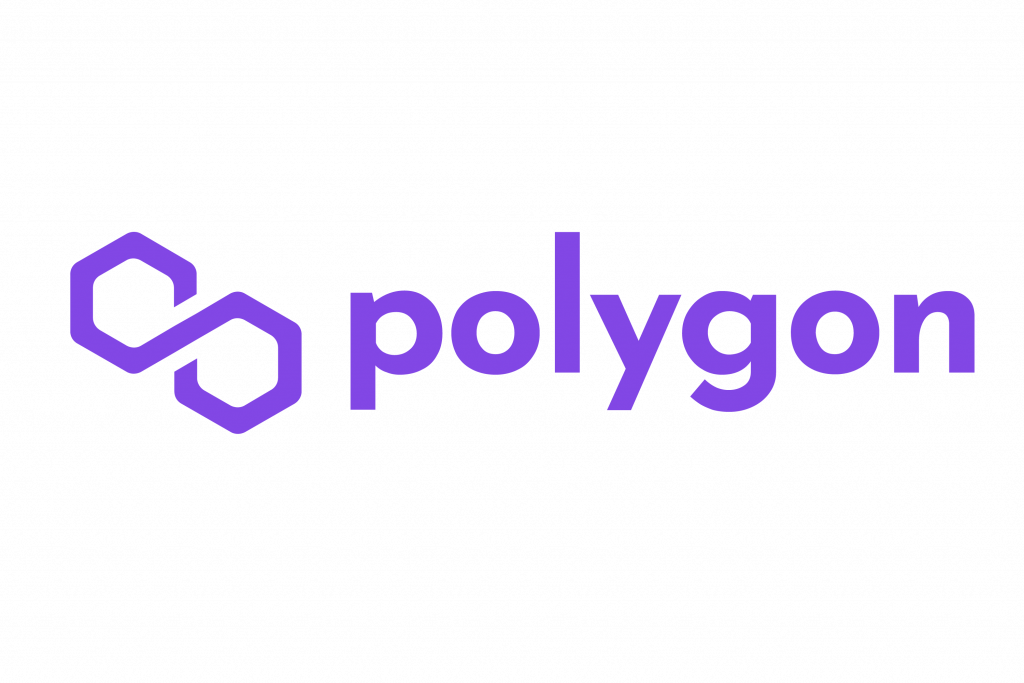A common misconception about Ethereum’s Merge and Eth2 is that it’s going to solve the ridiculously high gas prices. However, it only addresses some of the gas fee issues through scalability. The current solution to improve gas costs is Layer 2 scaling.
That’s where Polygon comes in
Polygon, previously Matic, is an open source project that is sometimes called Ethereum’s Internet Of Blockchains. It’s a protocol and a framework for building and connecting Ethereum-compatible blockchain networks. It provides scalability by taking the transaction load off Ethereum and supports a multi-chain Ethereum ecosystem.
Polygon aims to provide different scaling options for Ethereum that are easy to connect. Right now it has two options: a layer 2 blockchain (Plasma) and a sidechain – Matic PoS chain. Polygon is working on implementing Level 2 solutions like Optimistic Rollups and Zk Rollups in the near future.
A native Polygon token called MATIC is used for staking rewards on Matic PoS, as well as transaction fees on the Plasma chain.
Polygon is also a framework for creating new highly-customizable scaling solutions. It supports integration of secured Layer 2 chains and standalone chains. Standalone chains rely on their own security and are usually already established projects with strong communities. Secured chains need to use external security provided either by Ethereum or by landing pool validators in the Polygon ecosystem.
Standalone chains have sovereignty and flexibility but secured chains are more secure. Both of these blockchains are compatible with all the existing Ethereum tools (Metamask, MyCrypto, Remix etc), and can exchange messages among themselves and with Ethereum.

Polygon architecture
Polygon has 4 abstract layers:
- Ethereum layer – a set of Ethereum smart contracts;
- Security layer – security (validators) as a service;
- Polygon networks layer – for sovereign blockchain networks;
- Execution layer – interprets and executes transactions within Polygon.
You can read in detail about how each of them functions on Polygon’s website. In short, the first two layers are optional and don’t have to be used. All of the layers are made to be abstract so that any application can optimize their usage according to their needs. Applications can prioritize speed, security or a custom consensus mechanism, for example.
There are already more than 3000 DApps live on Polygon PoS. Because Polygon allows for great scalability, customization and much lower gas fees, it can also focus on relatively newer markets for NFTs and gaming. It hosts projects like Sandbox, Crypto Unicorns, Decentral Games and so on.
Development for Polygon
Polygon has a lot of potential. One of Polygon’s main advantages is being based on the Ethereum ecosystem. Therefore it already has a strong community, is secure and uses a well-known programming language – Solidity.
If you’re developing smart contacts for Ethereum you can easily switch to Polygon because it supports the same tools. If you already have a DApp on Ethereum – it’s also easy to migrate to Polygon.
If you want to test and monitor your smart contracts every step of the development process – you can use Moonstream. From development and deployment to product analytics and security monitoring, Moonstream helps you gain visibility on how your smart contracts are being used on Polygon as well as Ethereum. It’s a reliable tool that stays up even when crypto markets are crashing and sites like Etherscan and Polygonscan are down.
Stay tuned for more educational articles and development updates on Moonstream. Join our Discord community to stay in the loop.
